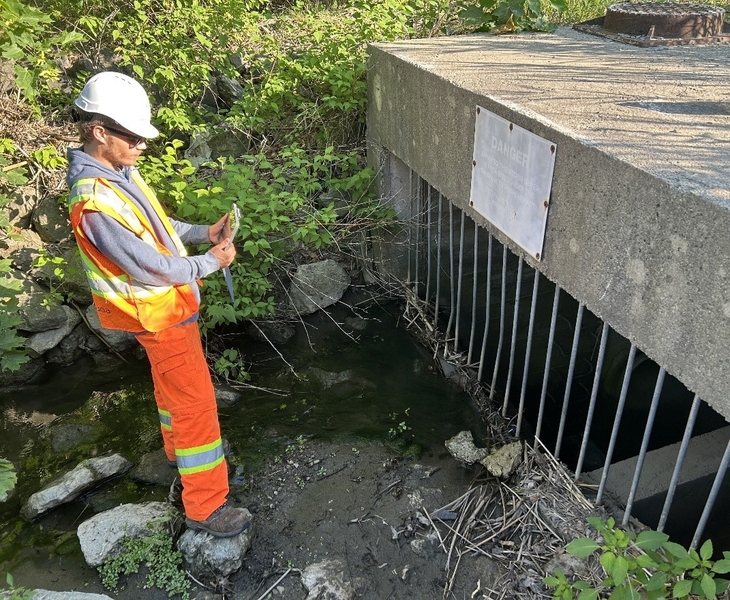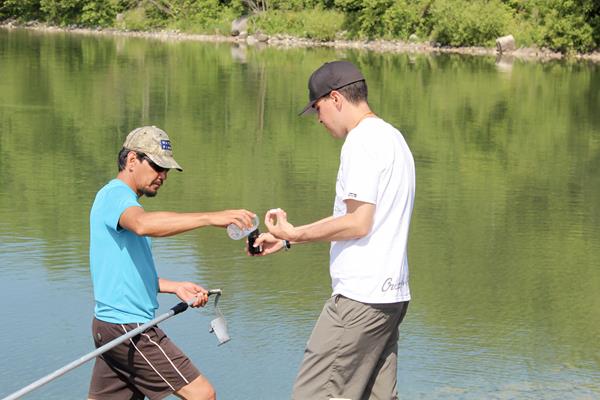On Friday, Alberta Environment and Sustainable Resource Development (ESRD) received the province’s chemistry analysis from the Suncor wastewater spill on March 25.
The water, although not expected to be of any risk to human health, did not pass the province’s 96-hour rainbow trout acute toxicity test, and may have caused harm to area wildlife. The test involves exposing rainbow trout to samples of Suncor’s undiluted wastewater, and examining the effects. The fish died, causing the water to receive a failing grade according to Alberta’s Surface Water Guidelines. However, the tested samples were undiluted, and thus not consistent with the actual spilled wastewater. The harmfulness of the diluted water is still being tested.
According to ESRD’s report, the most likely cause for the acute toxicity observed in the rainbow trout toxicity test is the napthenic acid concentration.
The spill released approximately 350,000 litres of wasterwater into the Athabasca river. Although it is unlikely that the ten-hour mishap will have a negative affect on area wildlife, negative media attention is consistently of concern to the companies that operate on the oil sands. Particularly as important decisions about the Keystone pipeline draw nearer, Suncor and similar companies will look to avoid bad press on the subject of the environment.









